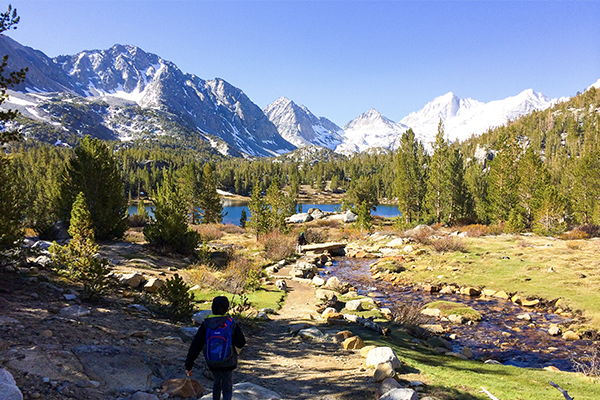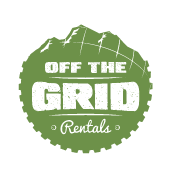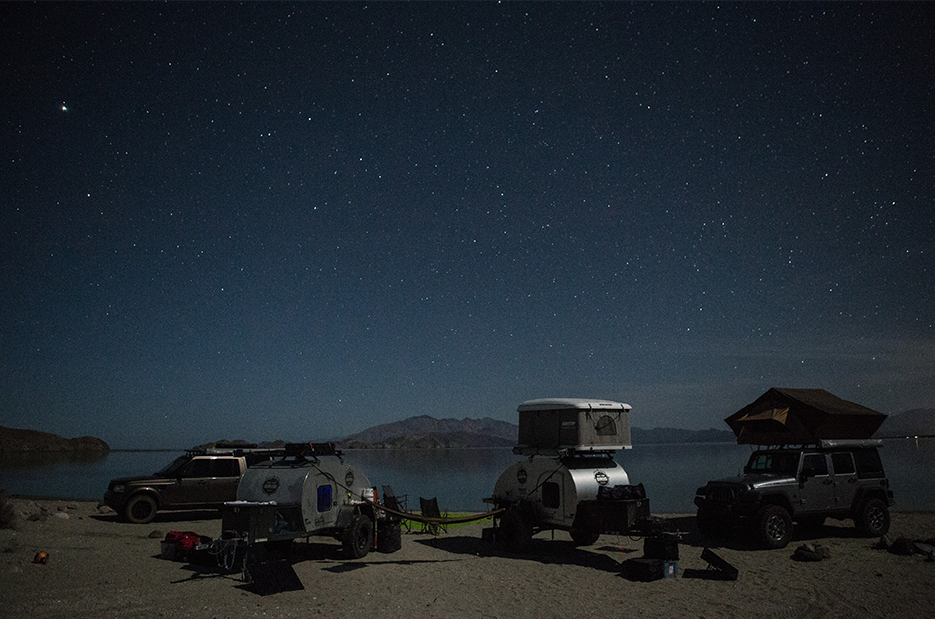
South Fork Camp Ground
You’ll find this spot in Groveland California at 1500 feet of elevation. This site is low elevation and surrounded by beautiful pine and oak trees. The site is off of the Tuolumne Wild & Scenic River, next to Forest Route 1N01. Here, you can enjoy camp side fire pits and grills! The site is open year round on a first come first serve basis. Alongside the campfire pits and grills, consider bringing along a rocket stove for a reliable, compact cooking solution that works perfectly in rugged spots like Groveland. The Bulldog – 6 inch Rocket Stove is a standout option for its efficient heat output and portability, making it easy to cook meals or boil water without relying on a full campfire. With its sturdy design, the Bulldog is ideal for campsites where you want to keep things simple and eco-friendly, all while surrounded by the serene pine and oak of Groveland.
Upper Chiquito Campground
This site offers a more tranquil adventure in Bass Lake California. At 7000 feet of elevation, there are 20 campsites with vault restrooms, fire rings, and picnic tables. One unique element of this site is the granite swim holes found nearby. This site’s open season is July and is on a first come first serve basis.
Cherry Valley Campground
This campground is at an elevation of 5000 feet in Groveland, California. The site is on Cherry Valley Lake which offers hiking, fishing, boating, and swimming for campers. You’re also able to enjoy a campfire at these grounds with a permit. The site is open year round on a first come first serve basis.
Big Springs Campground
In June Lake California, Big Springs Campground is up at 7300 feet of elevation. These grounds have 26 scenic sites in a forest or large and gorgeous pine trees. Your crew can spend their time fishing in Deadman creek, hiking in the Obsidian Dome, or take your off road vehicles for some mountain adventuring. The site is currently closed for storm damage but when it reopens expected in Spring, it will be on a first come first serve basis.
Redinger Campground
This campground is at 1500 feet of elevation and located next to Redinger Lake. It is in North Fork, California and offers swimming, fishing, and campfires with a permit. You’ll be surrounded by beautiful gray pine, chaparral and oak trees! The site is open year round on a first come first serve basis.
Hartley Springs Campground
In June Lake, California, this campground sits at 8400 feet of elevation. This site is between June Mountain and Obsidian Dome. The campground offers 25 sites with minimal traffic compared to neighboring sites around June Lake. Hartley Springs additionally has easy access to the Obsidian Dome. Here you can explore Glass Creek, June Mountain or Wilson Butte. The site is open year round on a first come first serve basis.
Glass Creek Campground
Also found in June Lake, California, Glass Creek Campground is up at 7700 feet of elevation. Fire rings, picnic tables, vault restrooms, and bear boxes are available for campers. North of Mammoth Lakes, Glass Creek accommodates 66 sites and is thus fairly busy. You can hike the Obsidian Dome as well as explore Owens River. The site is open year round on a first come first serve basis.
Wherever you choose to explore, enjoying your next camping experience free of charge is something you can’t pass up! You & your crew are bound to love these scenic grounds encompassing Yosemite National Park!

